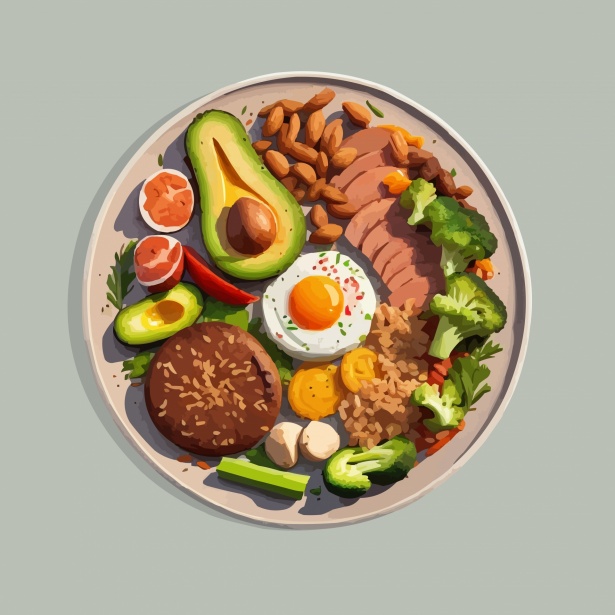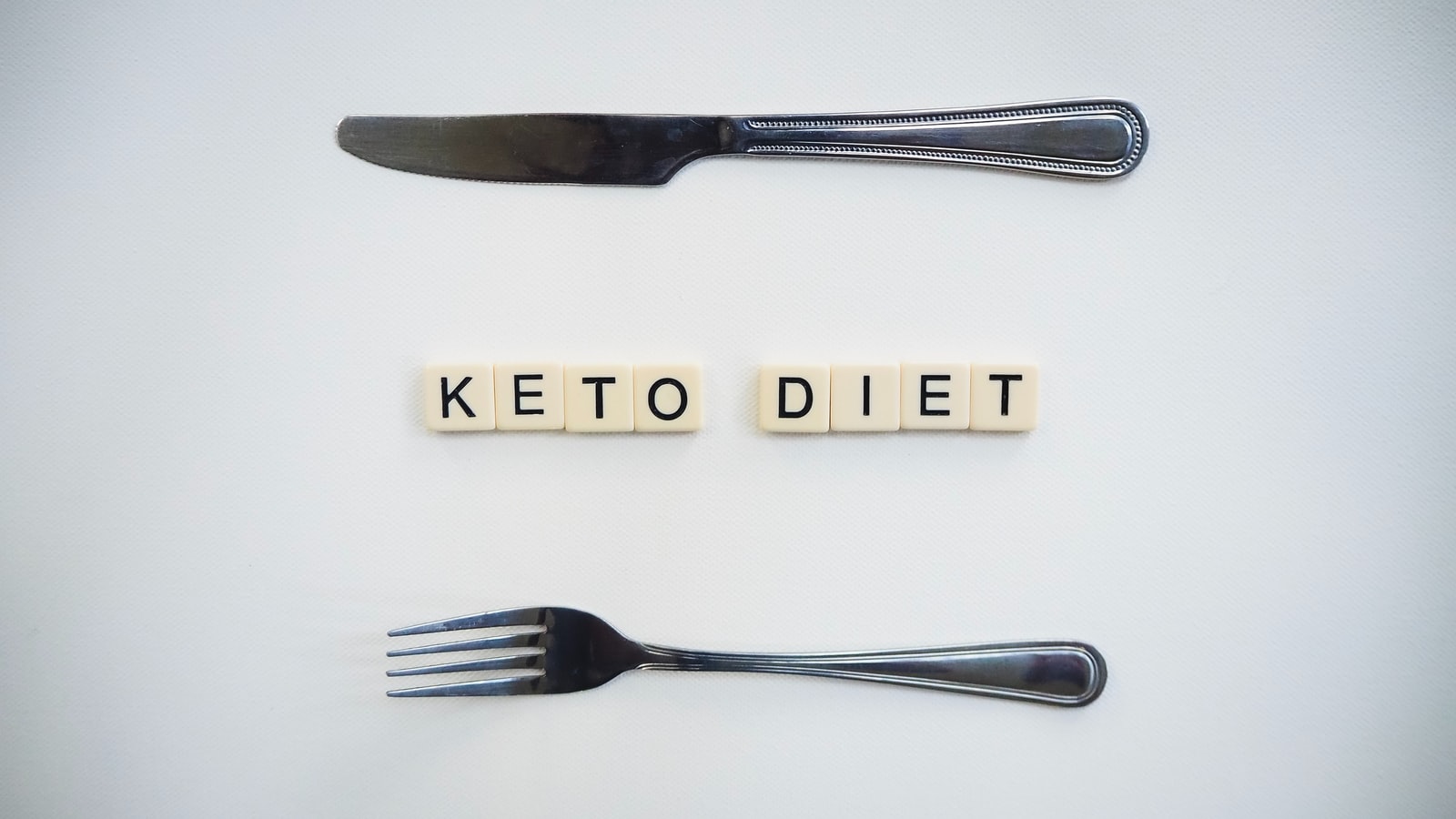Do you love eating healthily and caring for the environment? You can do both with the right diet! We’ll show you how, with our essential list of cause-friendly diet food. Time to whip up some tasty and eco-friendly dishes! When you know which foods are best for your body and the environment, you can make choices that are both healthy and sustainably-minded. Follow our guide, and soon you’ll be eating the right dish without hesitation!
My Contents
- 1. Say Hello to Your Cause-Friendly Diet Food List
- 2. Uncover the Power of Cause-Friendly Ingredients
- 3. Giving Back: How your Diet Food List Supports
- 4. Discover your Delicious Diet Options
- 5. Making a Change with your Cause-Friendly Meal Plan
- My Diet Answers
1. Say Hello to Your Cause-Friendly Diet Food List
Are you ready to say farewell to diets that feel like a chore? Take your pick from this cause-friendly diet food list and give yourself a nourishing boost!
Transform your meals into nutritional events. Apples, for instance, are high in Vitamin C and dietary fibre, making them great for your immune system and digestive tract. Plus, according to a Cambridge News report, chowing down on apples reduces the risk of degenerative illnesses and some types of cancer. The same goes for other fruits such as oranges and bananas, which are also packed with vitamins and minerals to support all-round health.
Going veggie is another option. Leafy greens like kale and spinach are excellent sources of iron, calcium, and folate. Cruciferous vegetables like cabbage and broccoli contain essential antioxidants that protect your body from environmental damage. And if you’re feeling a bit naughty, why not indulge in some mushrooms – which are great sources of vitamins B1, B2, B6 and B12.
- Fruits – Apples, oranges, bananas, etc.
- Leafy greens – Kale, spinach, etc.
- Cruciferous vegetables – Cabbage, broccoli, etc.
- Mushrooms – Button, portobello, oyster, etc.
2. Uncover the Power of Cause-Friendly Ingredients
Replenish the planet and your bowl with local ingredients. Nature offers us an abundance of goodness and it’s our job to make the most out of it. But what about the lesser-known ingredients in the produce aisle? Most of us are familiar with the usual suspects—broccoli, tomatoes, bananas, etc. But it’s time to expand your horizons and give cause-friendly ingredients their due.
The sheer diversity of the natural world gives us plant-forward options beyond the ordinary. Try adding miracle berries to your baking mix or swapping out avocado for egg in an omelette. How about making cardamom-infused custards or using elderberries in jams? This is your one-stop guide to discovering flavourful new ingredients and adding sustainable options to your diet.
By taking a more conscious approach to buying fresh produce, you’re supporting local, seasonal and small-scale farmers committed to delivering good quality and good karma. It’s here you’ll find a kaleidoscope of nutrient-dense vegetables, crisp fruit, heady herbs and more. Let’s internalise a practice of doing right by the environment and form a closer connection to nature.
- Try adding miracle berries to your baking mix.
- Swap out avocado for egg in an omelette.
- Make cardamom-infused custards.
- Use elderberries in jams.
Shop your local farmers markets and source responsibly-cultivated ingredients. Lend your support to causes that impact the planet in positive ways, and let’s empower the humble food sources that are doing big things.
3. Giving Back: How your Diet Food List Supports
Making a difference often seems like an impossible task, but everyone can do their part in making the world a better place. As a dieter, you can use your diet food list to give back in a few meaningful ways.
- Organize a food drive. Having a dependable meal plan is great, but there are others out there who don’t have the luxury of knowing where their next meal might be coming from. Put your dieting on hold for a bit and collect non-perishable items from your local supermarkets to donate to food pantries or homeless shelters.
- Volunteer at a soup kitchen. Whether you’re on a diet or not, there are foods that are nutritious and affordable. Help out in a soup kitchen and cook up bean dishes, hearty stews, and veggie-packed soups for those in need. You’ll also be setting a good example of the power a balanced diet can have on the body.
- Make improvements to your grocery-shopping practices. Fewer trips to the store and using reusable bags are small changes that can make a big difference! Doing these things will cut down on waste, reduce air pollution from transportation, and help support local farmers and businesses while you’re at it.
Your diet food list should motivate you to make the world a better place. Get creative with it—try hosting a sports tournament, holding a car wash, collaborating with other businesses, or whatever you can think of. Taking action with your diet food list is the best way to ensure that everyone benefits from your meal plan.
4. Discover your Delicious Diet Options
You don’t have to settle for mundane meals in order to be healthy. Exciting, flavorful and satisfying combinations are just waiting for you to discover. You don’t have to sacrifice taste while following a diet, so let’s uncover the wonderful variety of delicious diet choices you can enjoy!
Start by eating a range of colorful fruits and vegetables. Fresh, frozen and canned are all great choices. Choose different textures and varieties, like crunchy broccoli and juicy oranges. Add healthy sides of whole grains like quinoa, wild rice and legumes – such as chickpeas and beans – for added protein and fiber. Top it all off with healthful condiments like olive oil, lemon juice, herbs and spices.
Don’t forget to indulge in lean proteins, like fish, chicken and eggs. Enjoy some flavorful snacks like hummus, fruit and dark chocolate. And don’t forget your favorite craved treats–just make sure they’re implemented into your daily diet in moderation to stick to your healthy eating plan!
- Fruit
- Vegetable
- Whole grains
- Legumes
- Healthful condiments
- Lean proteins
- Flavorful snacks
5. Making a Change with your Cause-Friendly Meal Plan
Meal planning has so many benefits: it saves your pocketbook, your time, and your sanity! But, even if you’re not vegan, you can add a cause-friendly element to your meal plans. It’s easy to shop ethically when you know where to look and what to look for.
Choose Organic Produce and Animal Products
Organic foods are grown without the use of synthetic chemicals, and when you find animal products, like eggs and dairy, that are certified organic, the animals that produced those items are protected from hormone treatments and antibiotics. The farmers and ranchers who raise these products are also highly regulated.
Shop Local and Support Family Farmers
Make your meal plan even greener by shopping at farmers’ markets. You’ll be buying foods produced locally—and ethically—by working family farms. You can also support your meal plan with purchases from community supported agriculture programs (CSAs). CSAs supply members with a weekly box of produce direct from a local farm.
Go Meatless at least Once a Week
Livestock production places a huge strain on the environment, so consider going meat-free at least once a week. Replacing meat-based meals with vegetarian, vegan, or plant-based dishes may even help you save some money. Plus, there are tons of delicious vegan recipes available online.
My Diet Answers
Q: What are some of the health benefits of a cause-friendly diet?
A: A cause-friendly diet can help improve your overall health and energy levels by reducing toxins and increasing nutrient-rich foods. Eating foods that are sustainably-sourced not only helps protect the planet, but also provides you with essential vitamins and minerals, plus it can reduce risk for heart and metabolic diseases.
Now that you know all the basics, go ahead and start camping out in your kitchen – you have the necessary knowledge to make delicious, cause-friendly meals today. Take the time to find your favorite cause-friendly food list, and get to know all the wonderful ingredients they provide! Bon Appétit!










